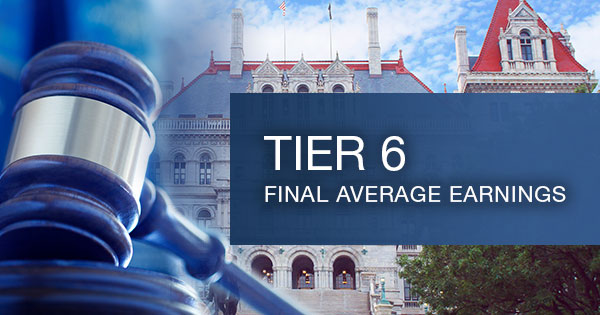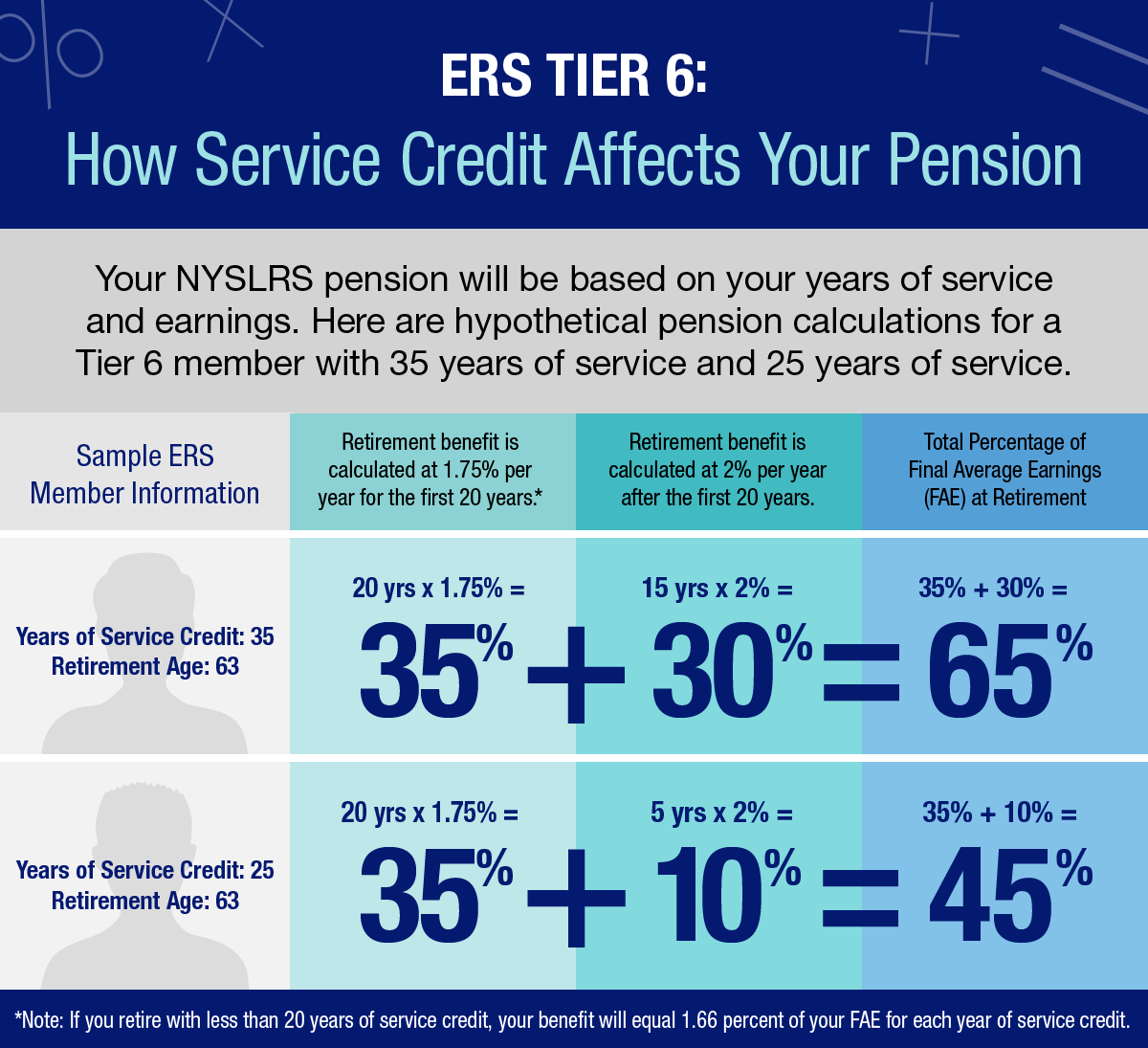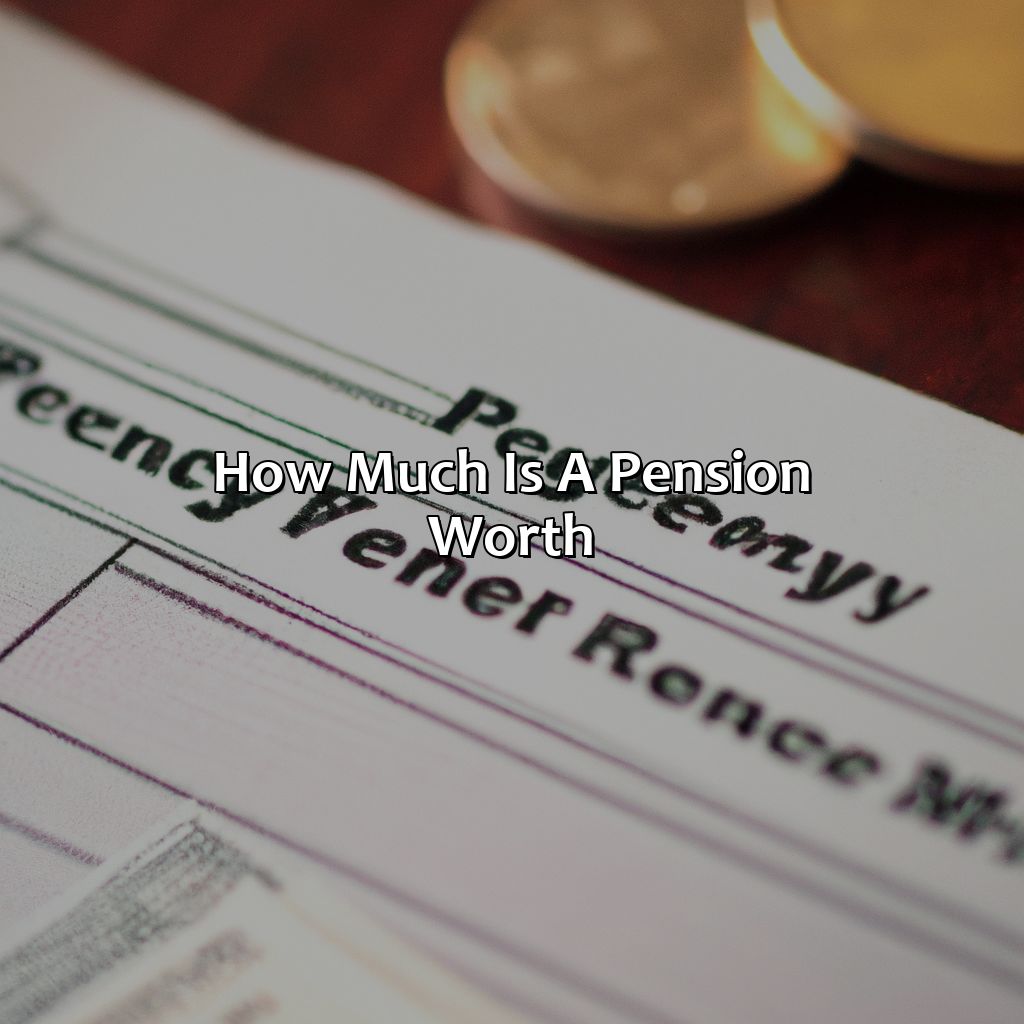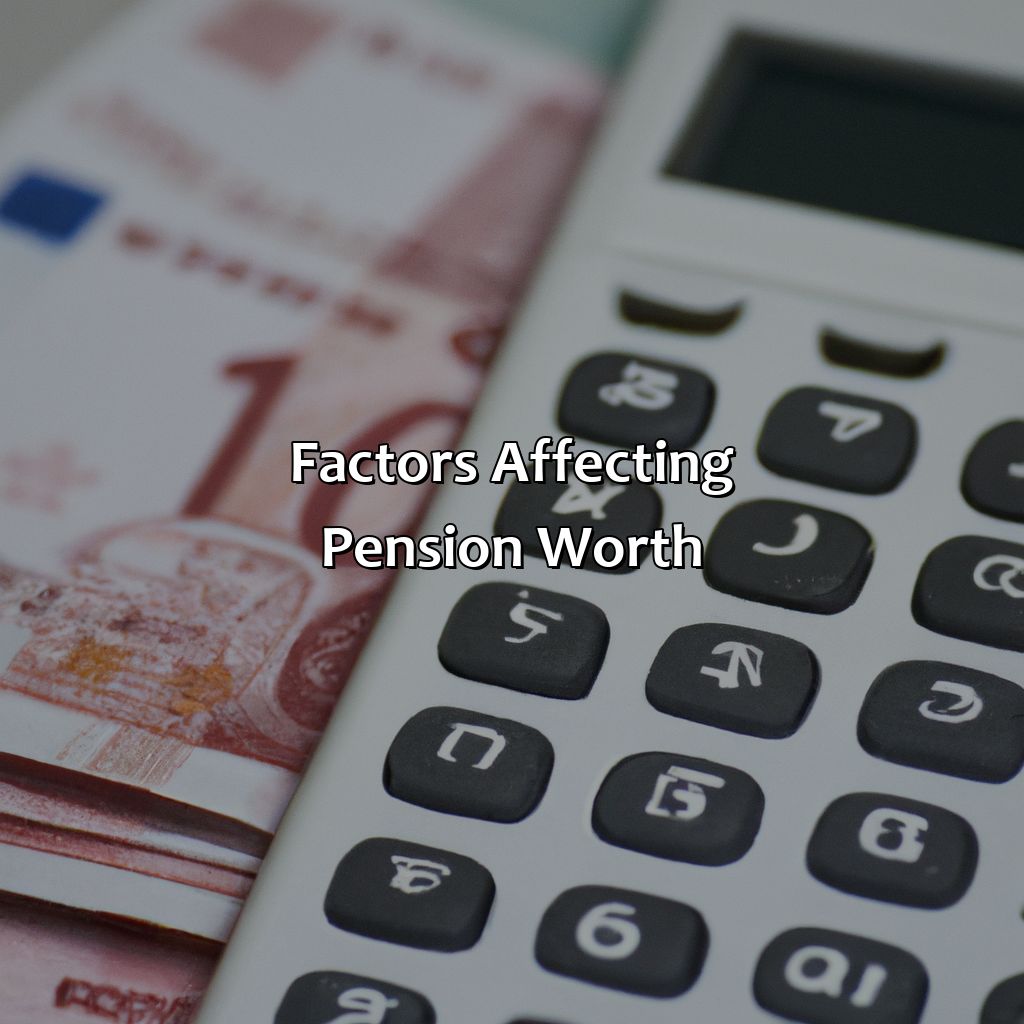Is Tier 6 Pension Worth It

New York’s Tier 6 pension system, implemented in 2012, continues to be a source of debate and scrutiny, raising questions about its long-term sustainability and fairness to public employees. The system, designed to curb rising pension costs, has faced criticism from unions and employee advocates who argue it undermines retirement security and makes public sector jobs less attractive.
At the heart of the debate is whether Tier 6 achieves its intended fiscal goals without disproportionately burdening public workers and potentially harming the quality of public services. Understanding the nuances of Tier 6 is crucial for current and prospective public employees, taxpayers, and policymakers responsible for the financial health of New York State and its local governments.
Understanding Tier 6: The Basics
Tier 6 applies to most public employees hired on or after April 1, 2012. Key features include an increased retirement age, longer vesting periods, and higher employee contribution rates.
Specifically, the full retirement age for most Tier 6 members is 63, compared to age 62 for Tier 5 and even younger ages for previous tiers. Vesting, the minimum time required to qualify for a pension, is 10 years under Tier 6, double the five years required in previous tiers.
Employee contributions vary based on salary, with rates ranging from 3% to 6% of gross income. These contributions are intended to reduce the financial burden on taxpayers.
The Fiscal Argument: Cost Savings vs. Long-Term Impact
Proponents of Tier 6, including state officials, argue that it has successfully reduced pension costs, contributing to the state's fiscal stability. They point to actuarial reports that project significant savings over the long term.
These savings are primarily achieved through the increased retirement age, longer vesting period, and higher employee contributions. The reduced benefit multipliers, used to calculate pension payments, also contribute to cost control.
However, critics argue that these savings come at a cost. Reduced retirement benefits and increased employee contributions could make public sector jobs less appealing, potentially leading to difficulty in attracting and retaining qualified workers.
The Employee Perspective: Retirement Security and Workforce Morale
Unions representing public employees have been vocal in their opposition to Tier 6. They argue that it undermines retirement security and creates a two-tiered system, where newer employees receive significantly less generous benefits compared to their more senior colleagues.
The Public Employees Federation (PEF), one of New York's largest public sector unions, has consistently advocated for pension reform that provides fair and equitable benefits for all employees. They claim that Tier 6 has contributed to lower morale and increased turnover among newer employees.
Furthermore, some argue that the increased retirement age forces employees to work longer, potentially impacting their health and well-being, especially in physically demanding professions. This can lead to increased disability claims and reduced productivity.
The Broader Economic Implications: Attracting and Retaining Talent
The long-term economic implications of Tier 6 extend beyond immediate cost savings. A less attractive pension system can impact the state's ability to attract and retain talented individuals in crucial public service roles, such as teachers, nurses, and law enforcement officers.
A recent report by the Center for Retirement Research at Boston College suggested that while Tier 6 achieves short-term cost savings, the long-term impact on workforce quality and productivity needs further evaluation. The report emphasized the importance of balancing fiscal responsibility with the need to provide competitive compensation packages.
Difficulty in attracting and retaining qualified personnel can lead to a decline in the quality of public services, negatively impacting the state's economy and the well-being of its residents.
Looking Ahead: Potential Reforms and the Future of Tier 6
The debate surrounding Tier 6 is ongoing, with potential for future reforms. Some proposals include modifying employee contribution rates, adjusting benefit multipliers, and shortening the vesting period.
Any potential changes to Tier 6 will likely be subject to intense negotiations between the state government, unions, and other stakeholders. The need for a sustainable and equitable pension system that balances fiscal responsibility with the needs of public employees remains a central concern.
Ultimately, the future of Tier 6 will depend on the ability of policymakers to address the concerns raised by employees and unions while ensuring the long-term financial stability of the state's pension system. The conversation must be transparent, data-driven, and inclusive of all perspectives.




![Is Tier 6 Pension Worth It Private Pension in Germany [Is Private Pension Worth in 2024?]](https://germanpedia.com/wp-content/uploads/2024/01/Types-of-Private-Pension.png.webp)
![Is Tier 6 Pension Worth It Company Pension Plan Germany [Ultimate 2024 English Guide]](https://germanpedia.com/wp-content/uploads/2024/02/is-company-pension-worth-it-1024x1024.png.webp)
![Is Tier 6 Pension Worth It Company Pension Plan Germany [Ultimate 2024 English Guide]](https://germanpedia.com/wp-content/uploads/2024/02/when-company-pension-is-worth-it-1024x1024.png)

![Is Tier 6 Pension Worth It Private Pension in Germany [Is Private Pension Worth in 2024?]](https://germanpedia.com/wp-content/uploads/2024/01/Is-private-pension-plan-worth-it-in-Germany.png.webp)
![Is Tier 6 Pension Worth It Private Pension in Germany [Is Private Pension Worth in 2024?]](https://fefffe12.rocketcdn.me/wp-content/uploads/2024/01/How-is-the-private-pension-paid-out.png.webp)


![Is Tier 6 Pension Worth It Private Pension in Germany [Is Private Pension Worth in 2024?]](https://fefffe12.rocketcdn.me/wp-content/uploads/2024/01/Private-vs-public-pension-insurance.png.webp)





